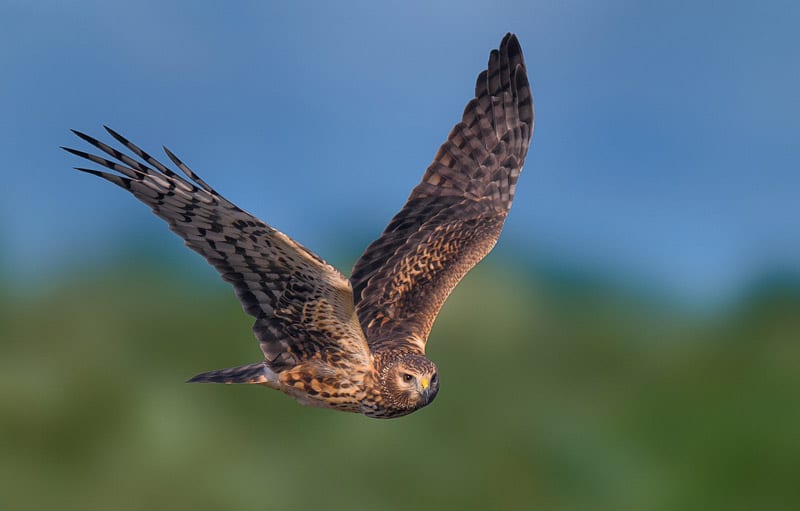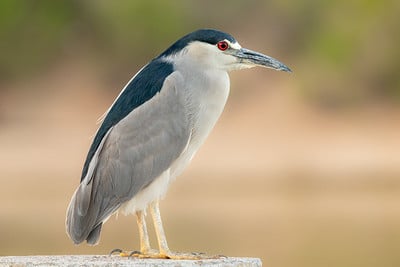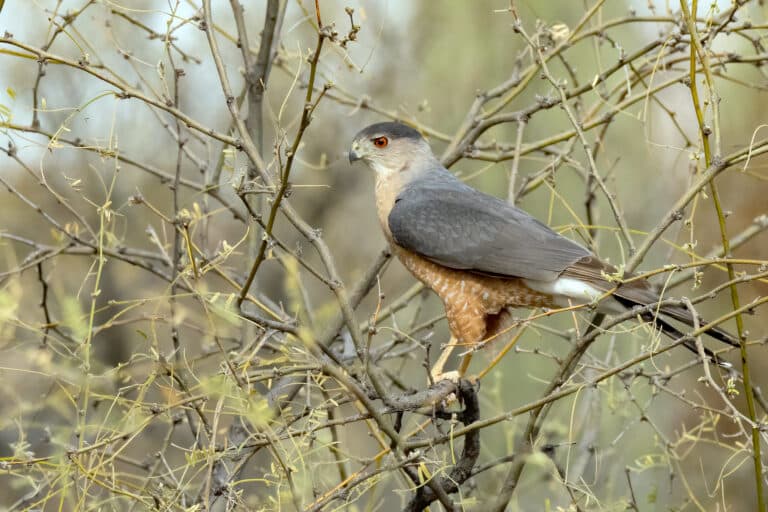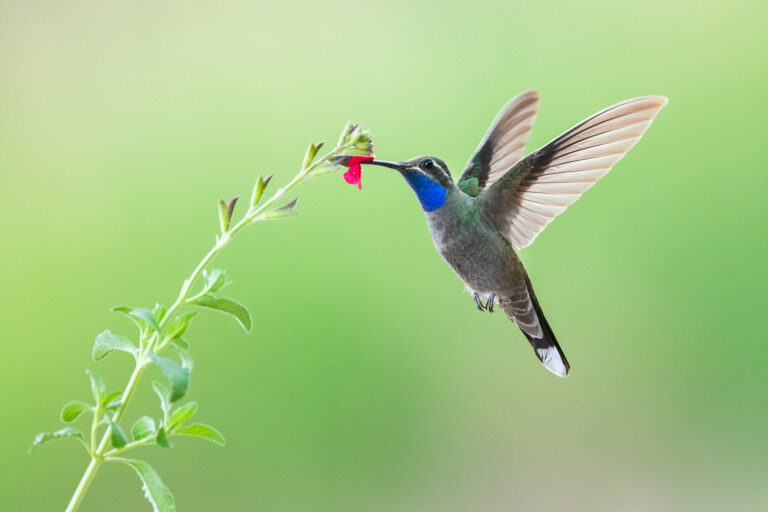The season of the “Gray Ghost” is upon us in winter. Also formerly known as Marsh Hawk, the Northern Harrier is a unique bird that is definitely deserving of multiple monikers. The only North American representative of the world-wide genus Circus, this large owl-like hawk will be haunting Southeast Arizona until about March.
Northern Harriers are slim, with long wings and tail, slender yellow legs, a conspicuous white rump, and piercing yellow eyes. Strongly sexually dimorphic, males are a ghost-like pale gray and white, while females are dark brown above with brown and buff streaking below. Though not related to owls, they rely on hearing to capture prey using a facial disk that looks and functions much like an owl’s, with stiff facial feathers directing sound to their ears. They forage on the wing, gliding slow and low over prairies, agricultural fields, and floodplain marshes, often teetering from side to side and almost stalling in mid-air while searching for small mammals and birds.
Look for Northern Harriers in open habitats along our rivers, grasslands, and in farming areas such as the Santa Cruz flats. In spring they head back up to their breeding grounds in the northern US, Alaska, and Canada.
Image by BN Singh




